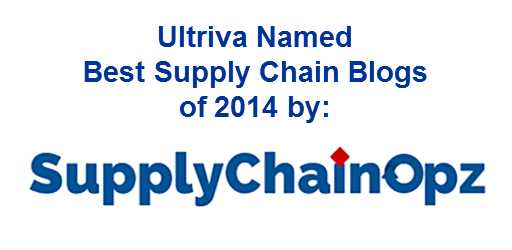Multi-national management organizations usually turn to improved best-practice technology solutions when one of two circumstances occurs: rapid growth requiring improved throughput capacity or serious quality-control issues, often under the scrutiny of regulatory compliance or threat of litigation. Both these challenges produce lower customer satisfaction if the correct products are not received in a timely, safe, and accurate manner.
 The inability to keep up with demand sounds an alarm. Multinational companies from the industries listed below have executive lean initiatives, Six Sigma, Theory of Constraints (ToC), and other Baldridge Award-winning methodologies. Yet some of these organizations fail to execute a best-practice solution beyond Proof of Concept at a single plant or site.
The inability to keep up with demand sounds an alarm. Multinational companies from the industries listed below have executive lean initiatives, Six Sigma, Theory of Constraints (ToC), and other Baldridge Award-winning methodologies. Yet some of these organizations fail to execute a best-practice solution beyond Proof of Concept at a single plant or site.
Product growth combined with safety and quality concerns is often what moves a Proof of Concept (POC) to a Standard Operating Procedure (SOP.) Growth in geographic or product scope is both an opportunity and a challenge. Some of the fastest growing multi-national organizations have to face cultural challenges that supersede language variety and move into the mergers and acquisitions of organizations with distinct and quite different processes.
When companies use the forecast as a basis to do Sales and Operations Planning (S&OP), MRP runs and supplier forecasting, struggles in the supply chain become apparent. Gartner Research Analysts recommend manufacturing companies to engage with customers and suppliers to establish a pull process from Finished Goods all the way to Raw Materials. This is what Gartner defines as End to End (E2E) pull replenishment.
These conflicts are often what drive a POC into an SOP; from one-time limited location testing to enterprise-wide adoption of new technologies. Exploding SKUs and vast supplier increases taxes the capacity to ship product accurately, promptly, and efficiently. Solutions such as End to End (E2E) pull replenishment, are well–tested and verified during the proof of concept phase, create a natural progression when volume grows and automation is needed; with rapid growth the choice increasing head count will no longer achieve fulfillment and quality standards and supplier management and real-time inventory must be automated.
According to research done by business consultants at Terra Technologies, forecasting at the SKU levels is 50% at best. The supply chain efficiency research in the last three years on the Consumer Packaged Goods (CPG) industry shows forecasting has not improved.
Ultriva has been helping customers to set these pull process for the last decade. The underlying methodology used to set up the pull process is “collaborative Kanban”. By engaging with the customers (Original Equipment Manufacturers, Distribution centers, retail channels or end customers) manufacturers can gain better control over their downstream demand. They can quickly sense the changes in demand and adjust their production schedules to minimize redundant Finished Goods (FG) inventory.
Ultriva manufacturing customers have proven that adopting E2E methodologies leads to many benefits:
- Optimized inventories at FG, Work in Progress (WIP) and Raw Materials
- Improved service levels to customers resulting in increased customer retention
- Dramatic reduction in production disruptions (less changes and more part availability)
- Superior supplier performance due to reduction in the “bull whip” effect
Completely Transparent Enterprise-Wide Operations
Handling all this rapid growth has not diminished the requirement of quality and accurate shipping. Data are critical to continued process improvement and a lean operation. Only through these metrics can the organization discover corrective action. Proof of concept ultimately must be leveraged throughout multinational global companies to allow for one version of the truth for all viewing these data regardless of language, time zone, divisional P&Ls, regional accountability, or job function. Some of the industry sectors served include:
- Aerospace and Defense
- Automotive
- Consumer Electronics
- Fitness Equipment
- Industrial
- Medical Devices
- Oil and Gas
Leveraging E2E Pull Proof of Concept Leads to Affordability
When a proof of concept like End to End Pull is leveraged across multiple locations the ROI becomes very significant and it becomes quite affordable.



